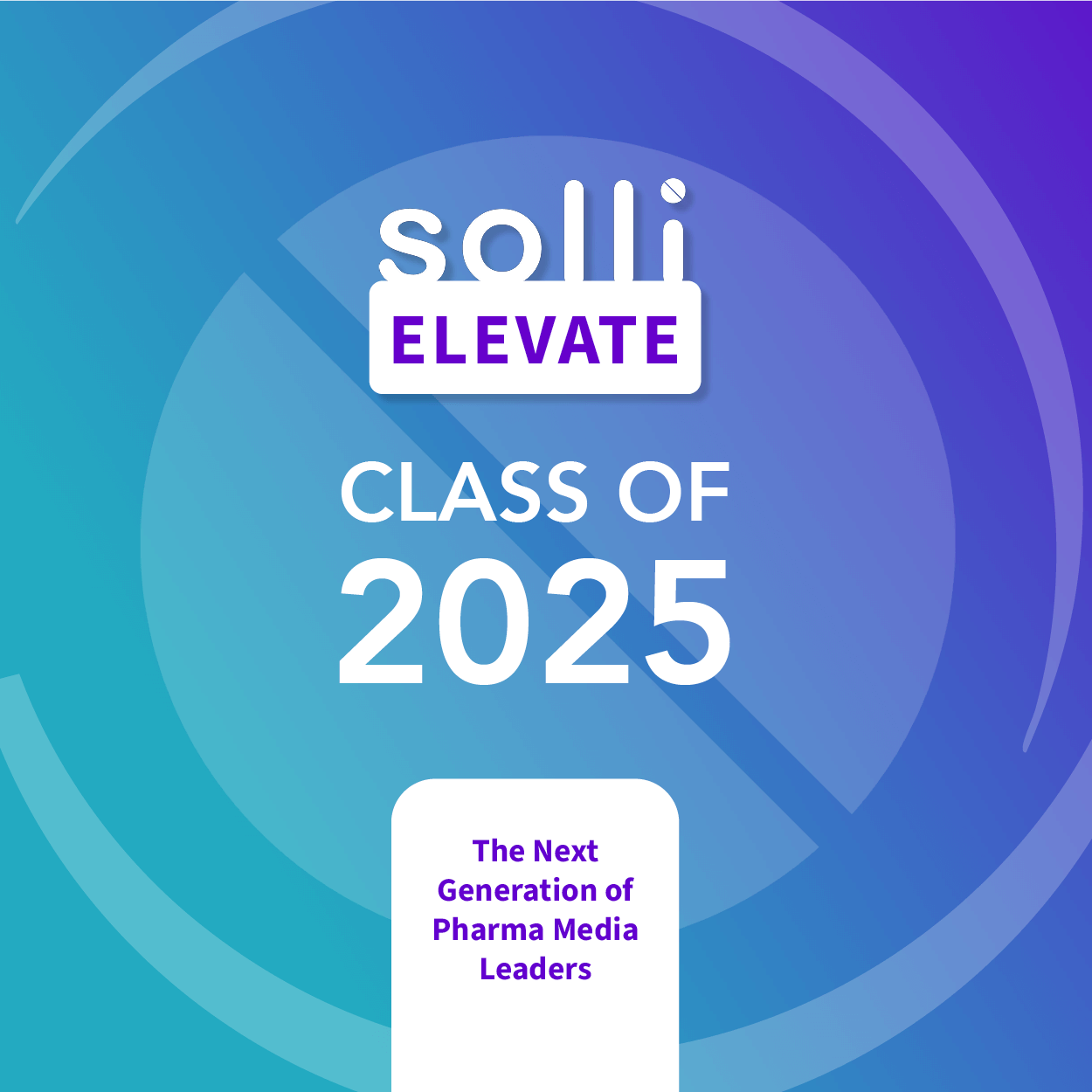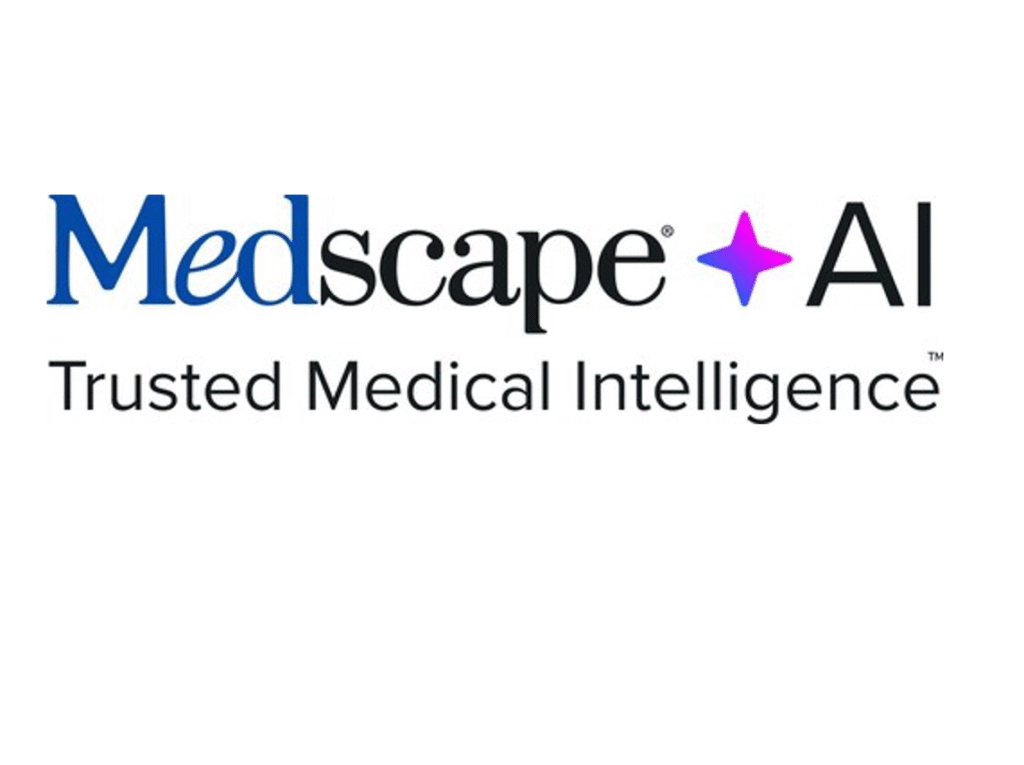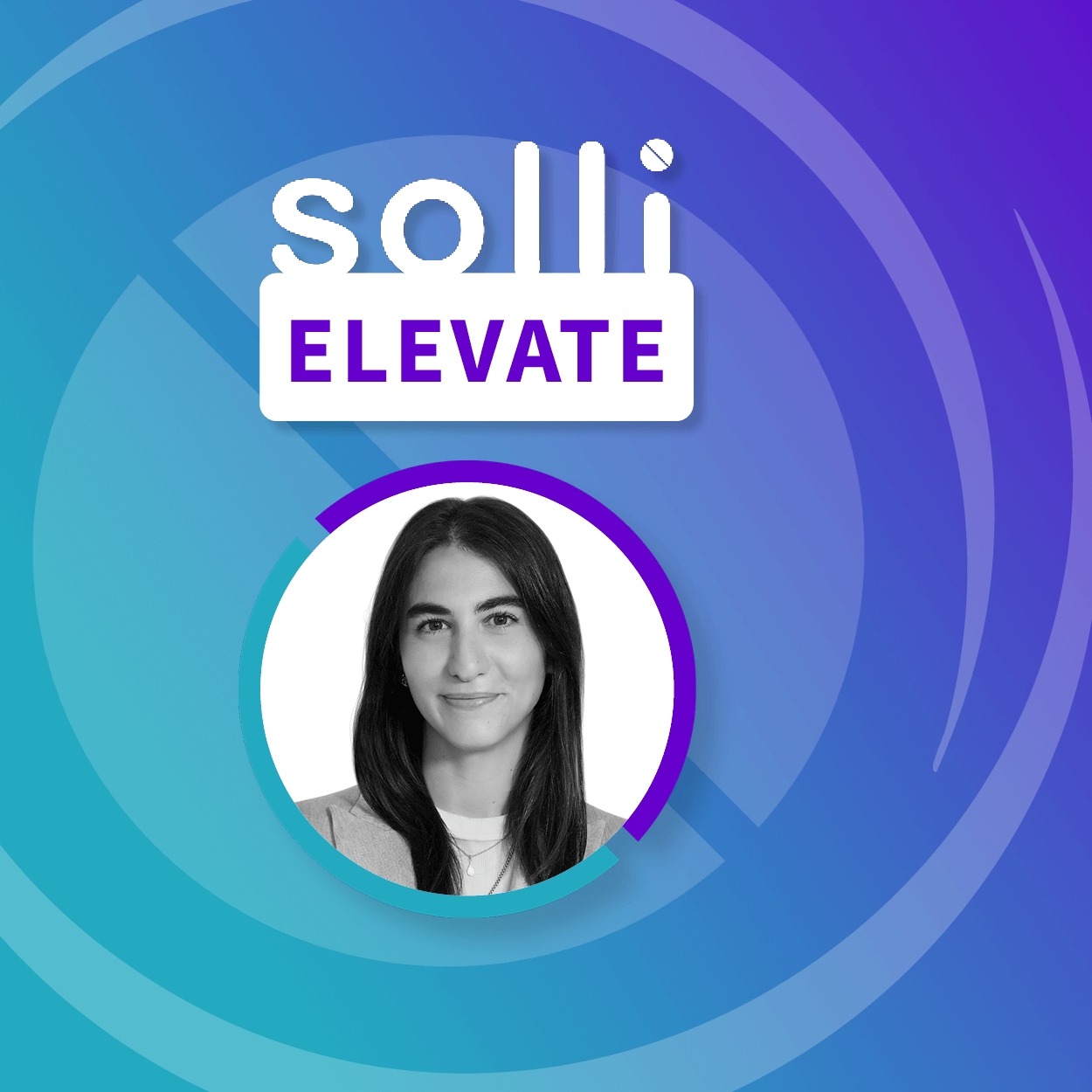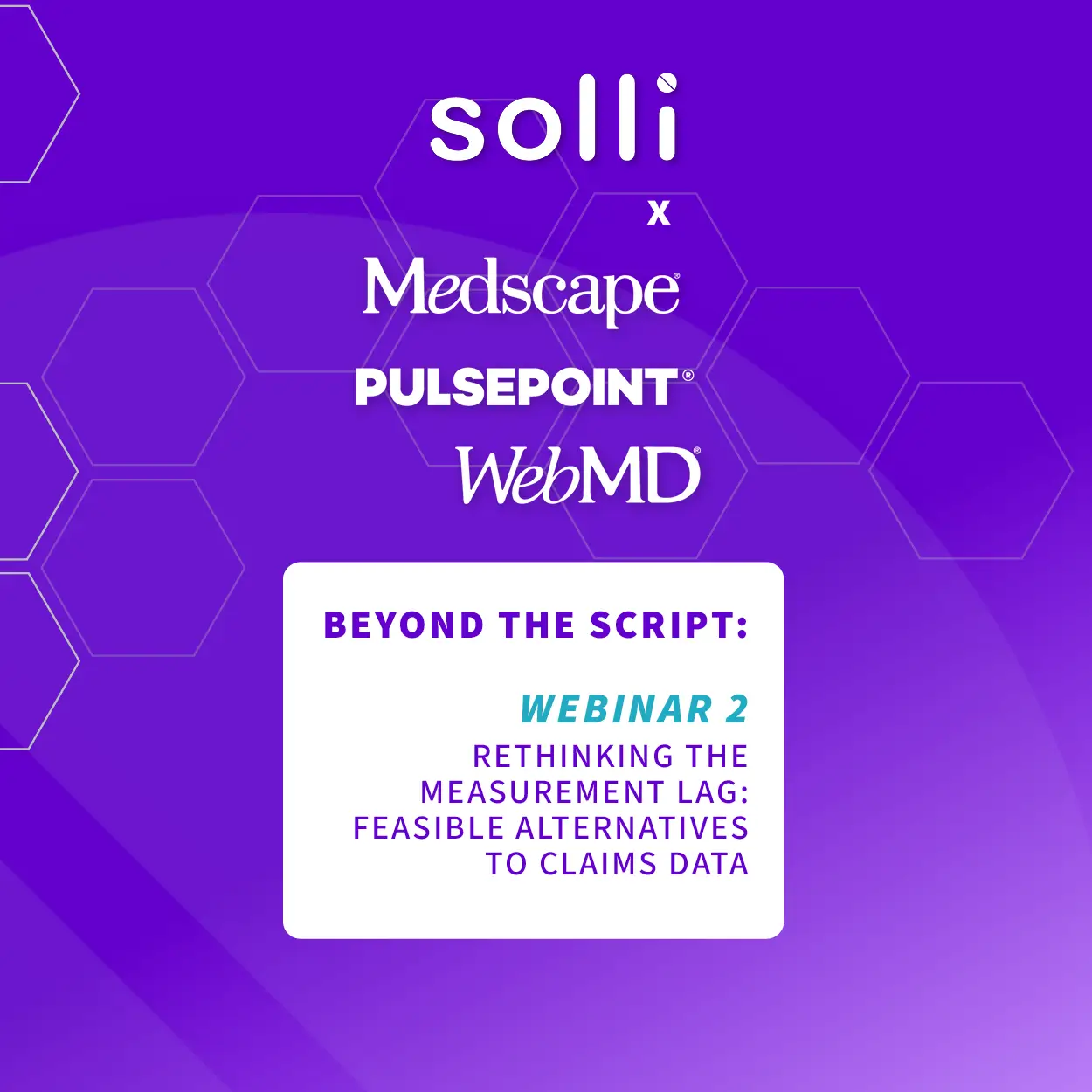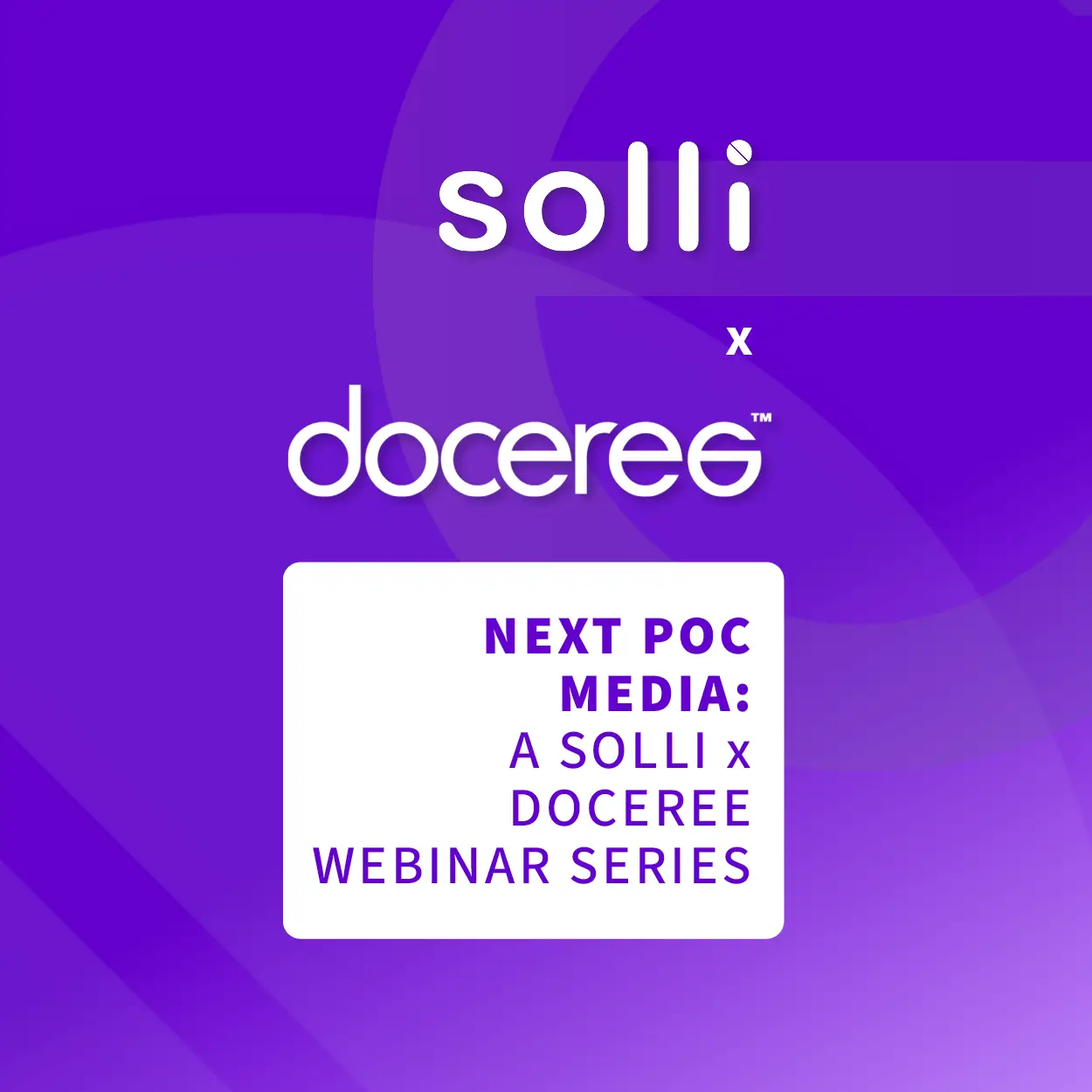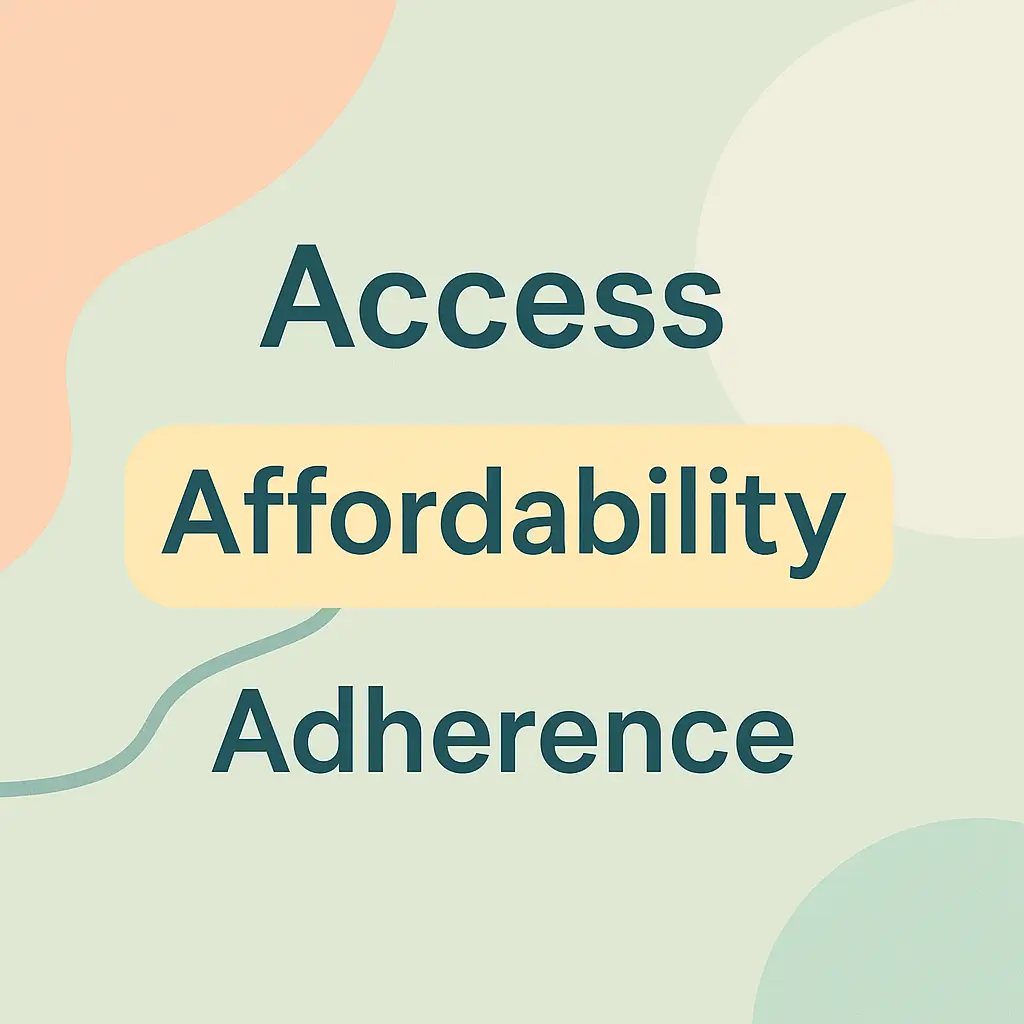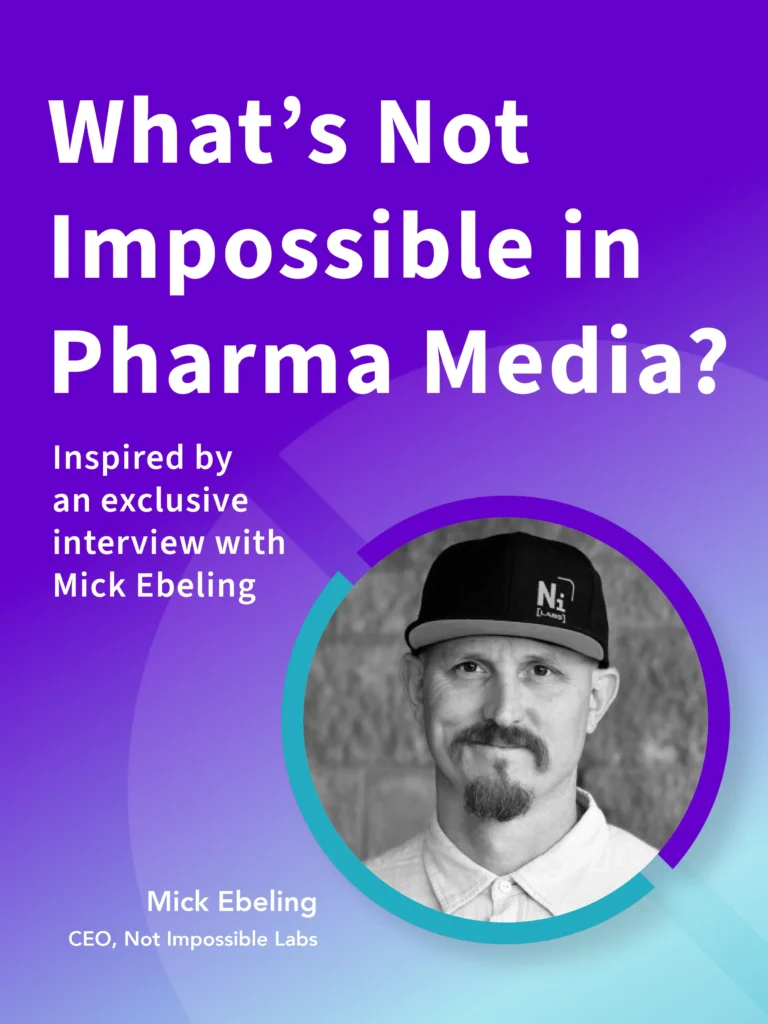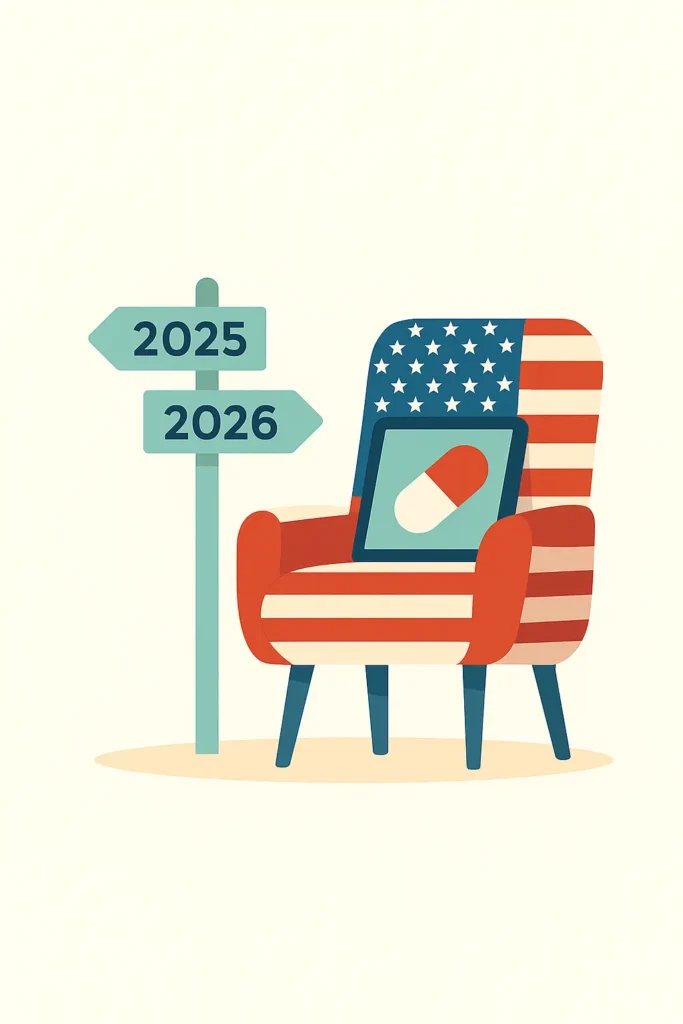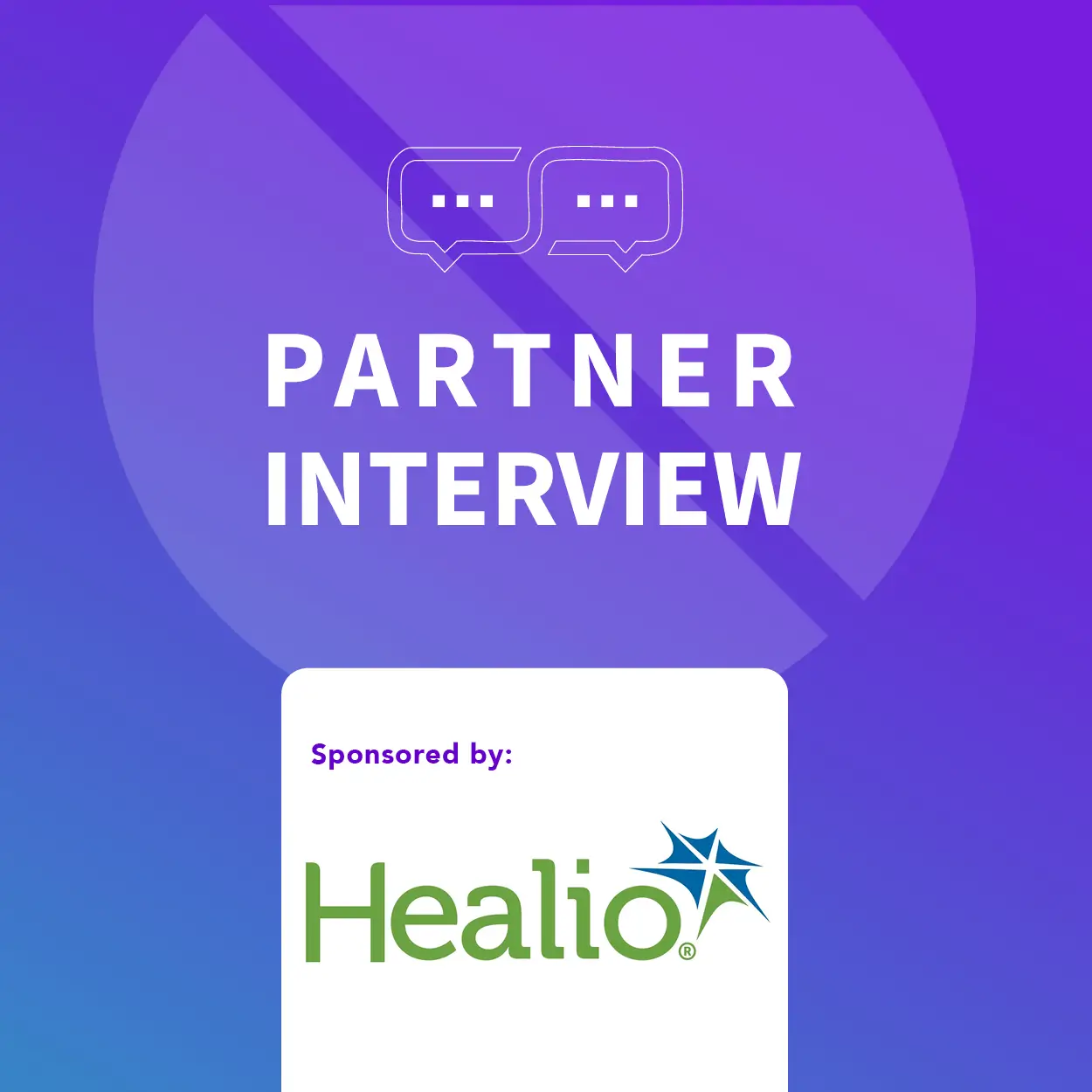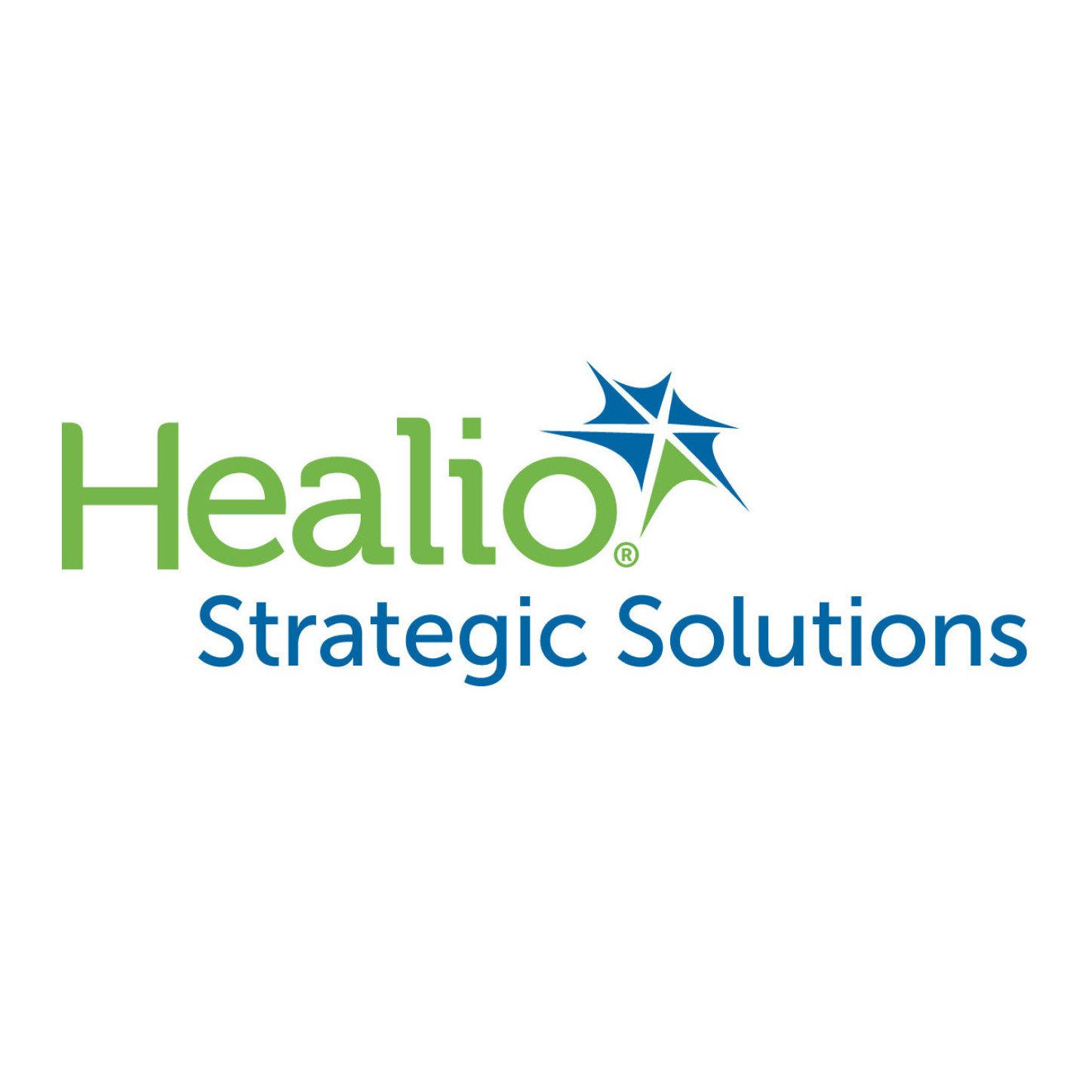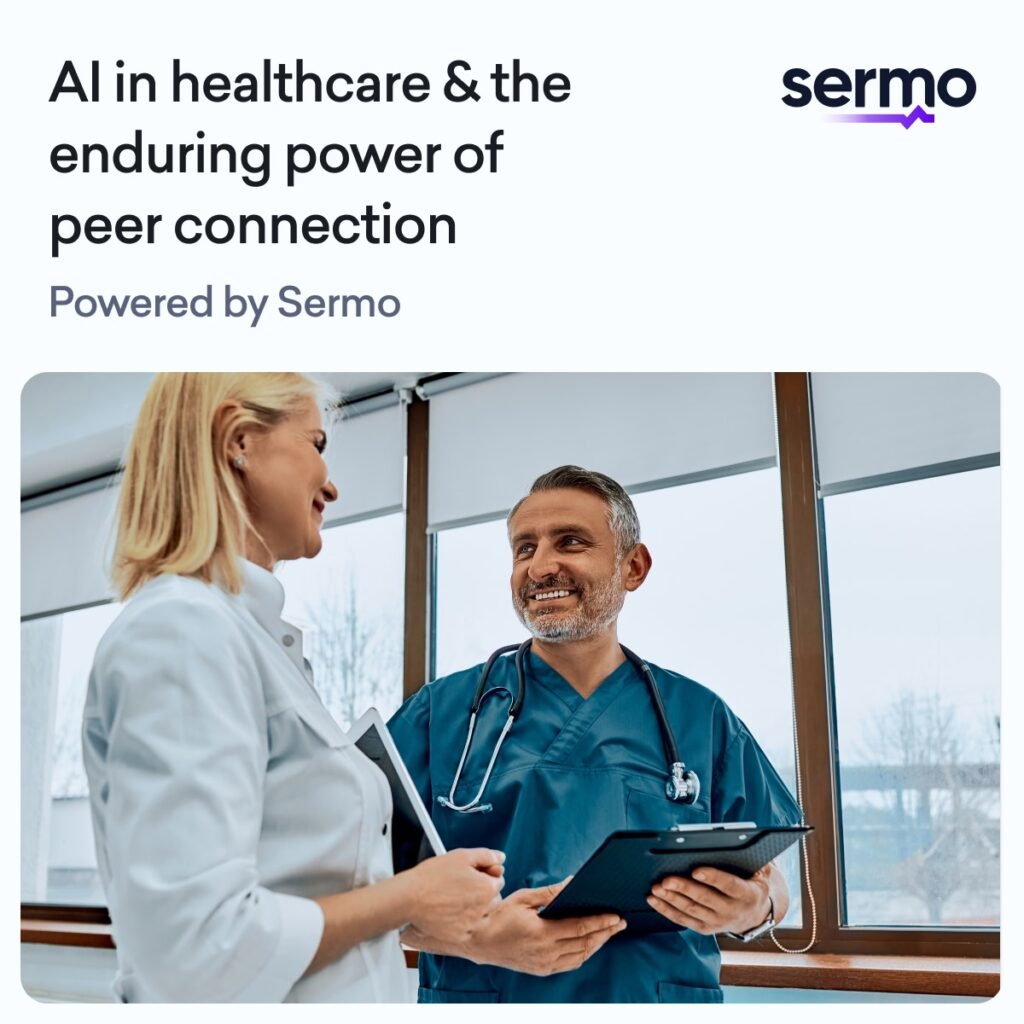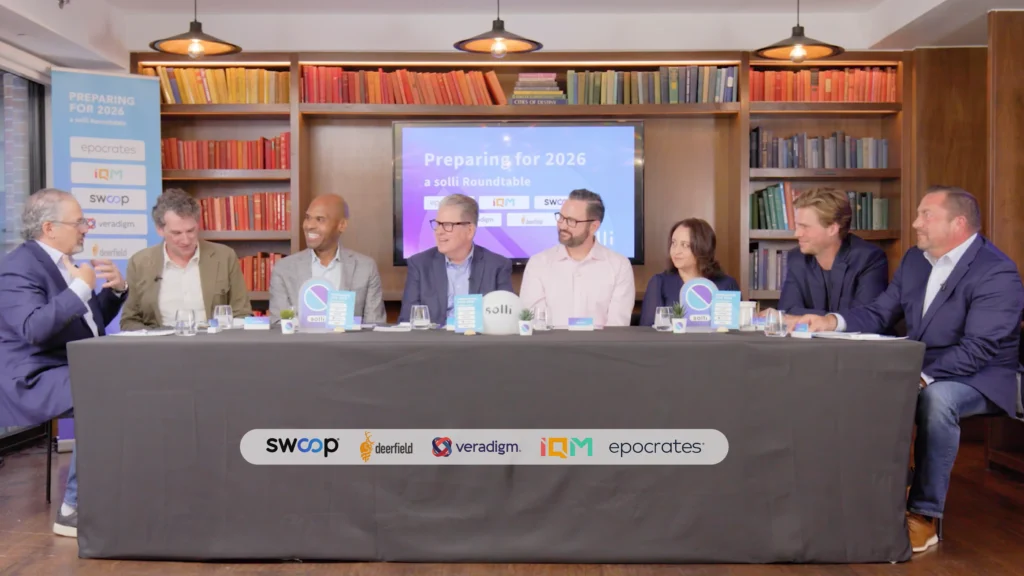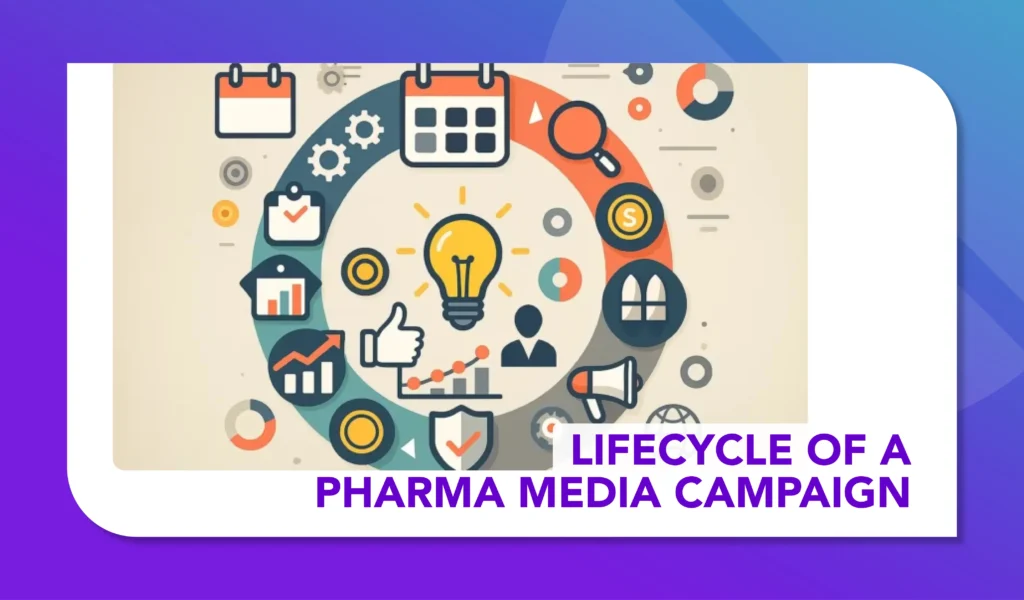Re-imagining Medical Affairs x Programmatic Media: From Parallel Tracks to a Shared, Trusted Journey
PART 1 - Insights from the solli × Doceree Global Programmatic Roundtable, Zurich

The pharmaceutical industry is standing at a productive crossroads. Medical affairs – long the steward of scientific integrity, evidence dissemination, and trust – is being asked to operate with greater strategic influence, while digital media undergoes its own reinvention through the rise of AI, programmatic capability, and data-led precision. Together, these shifts create a powerful opportunity to connect evidence and engagement more intelligently – to ensure the right information reaches the right healthcare professionals, in the right way, at the right time.
At its core, this is what Re-imagining Medical Affairs x Programmatic Media means: moving from two parallel tracks – science and communication – to a shared, trusted journey where technology amplifies evidence and precision enhances credibility.
As Richard Springham, host of the Roundtable, framed it, “We’re not just talking about new tools – we’re talking about rethinking how scientific knowledge actually reaches physicians in 2025 and beyond.”
This Zurich roundtable brought together leaders from pharma, biotech, agencies, and health-tech to explore a single, practical question: how can programmatic media and medical affairs work together – safely, compliantly, and credibly – to help clinicians find and use high-quality information when it matters most? The conversation leaned into friction – organisational, technical, and regulatory – and surfaced clear paths to change.
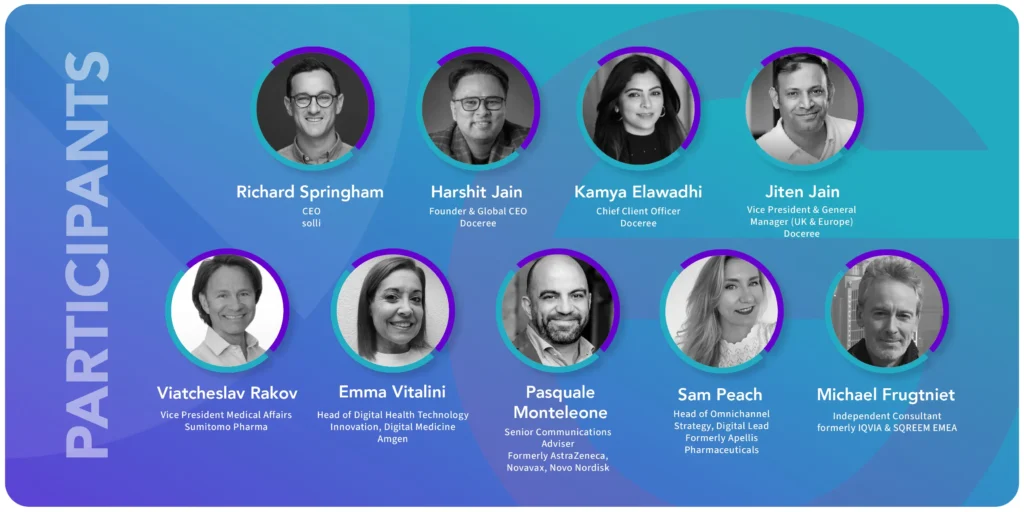
The status quo – when Medical and Media run on different rails
Participants were candid about the barriers holding the partnership back. As Michael Frugniet said, several organisations have historically enforced “firewalls between medical affairs and the commercial roles… unproductive firewalls because they impeded communication”. Those divisions, originally intended to preserve compliance, now too often produce fragmented messaging, duplicated effort, and missed opportunities for programmatic alignment.
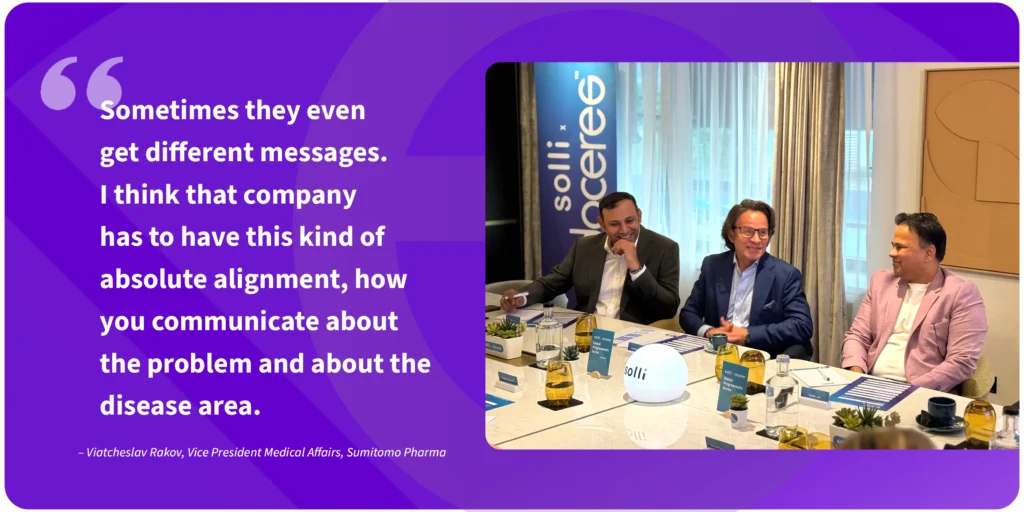
European realities make this fragmentation even harder to overcome. As Kamya Elawadhi added, “you still have different compliance rules in different countries… and in the national communication you always need to customise” The effect is a patchwork of approaches that limits scalable use of programmatic media in medical communications.
Data, too, is often trapped in silos. As Emma Vitalini shared, “When you get a report from a company, a summary of how your campaign’s performed, that’s not really very useful in isolation… even if I get that in some slides. Without concerted effort, nothing happens with that. That’s not ingested anywhere”. But rather than accepting that disconnect between medical evidence generation and data-driven media execution, Emma shared a vision of building shared data environments, connecting real-time performance analytics to medical content planning, and pushing for insights to flow back into field teams and future strategy.
Finally, culture compounds the issue. “The challenge with medical, medical people love data. We love science. We love dissecting data. We’re not so interested in dissecting data about how to reach people, or how to improve our digital strategy based on this”, observed Sam Peach. That insight cuts to the heart of the challenge: to re-imagine Medical Affairs & Programmatic Media, both sides must see engagement data as an extension of evidence, not an encroachment of marketing.
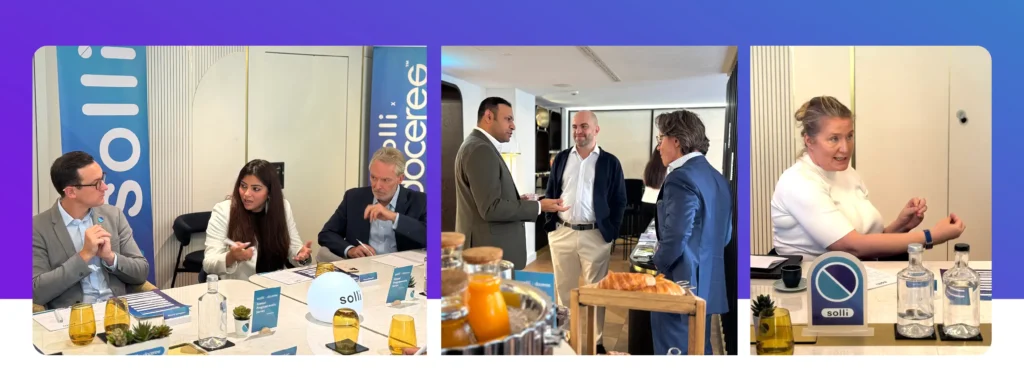
Understanding Programmatic in this Context
Before exploring the opportunity, it is worth clarifying what programmatic media actually means in a medical affairs setting. Programmatic refers to the automated buying and optimisation of digital media using data signals in real time. It enables brands to reach defined audiences – at the right time, on the right channel – with dynamic content that adapts to behaviour.
Inside pharma, however, programmatic is often misunderstood as nothing more than banner advertising – branded ads shown in HCP environments and unbranded ads shown elsewhere. In reality, when applied responsibly, programmatic can become a precision infrastructure for scientific exchange, not promotion. The same technology that helps brands reach HCPs can be flexed by medical affairs to target verified clinicians, adapt content to their specialty or information needs, and understand how educational resources are being used – all within strict regulatory and compliance frameworks. The goal is not to sell more, but to share science more effectively, consistently, and at scale.
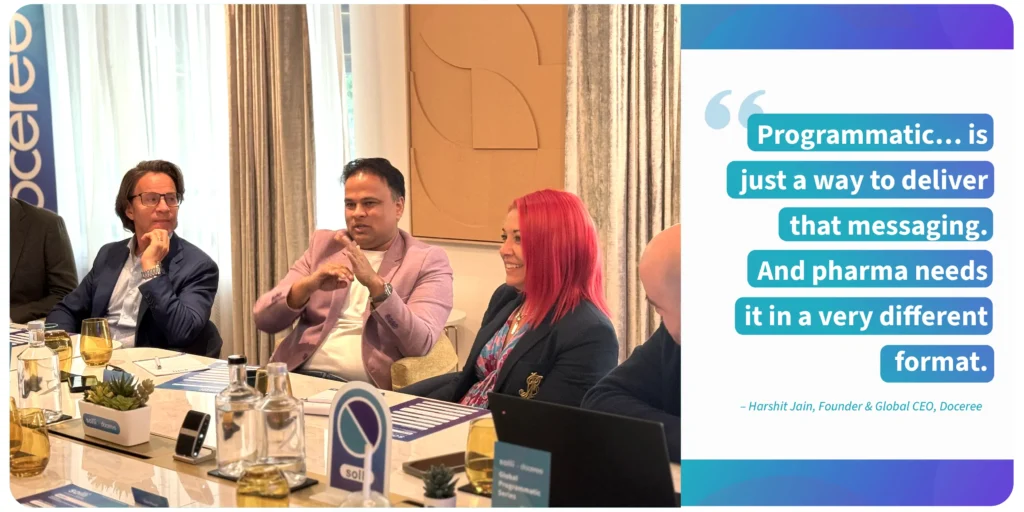
The opportunity – programmatic as digital scientific engagement
When seen through a medical affairs lens, programmatic media stops being about “advertising” and becomes infrastructure for scientific exchange. It enables peer-reviewed, compliant content to reach healthcare professionals with the same precision commercial teams use for awareness – but with a different purpose: to extend science, not sales.
As the experienced programmatic expert, Michael Frugniet shared programmatic can simply become “an information provider”, especially in areas where traditional engagement is limited or irregular. It is not a replacement for human interaction – it is a way to sustain it. Programmatic becomes most powerful when it supports field teams by keeping the scientific dialogue alive between visits.
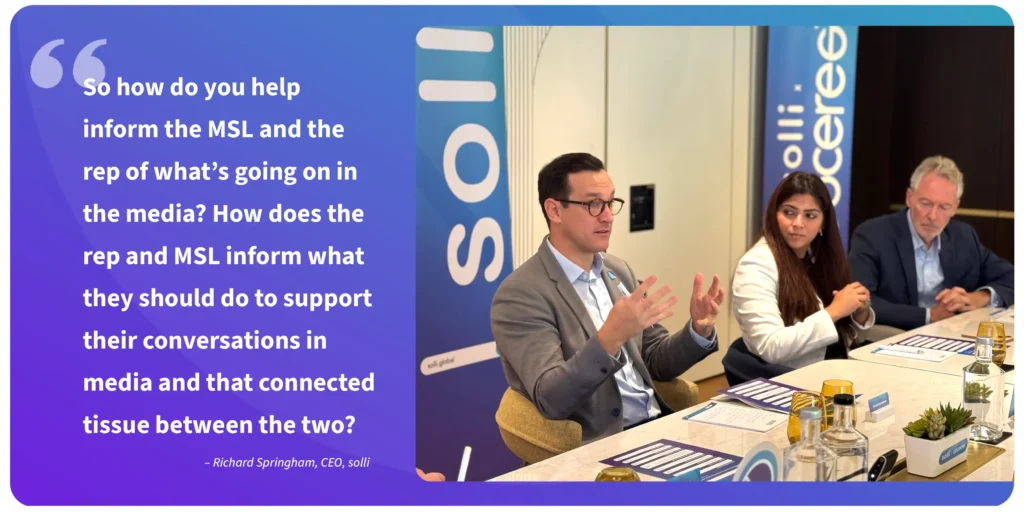
Depth, not just reach, matters. Participants agreed that medical engagement is rarely about quick impressions. As Pasquale Monteleone said, “Short form is great… but long form… you’re getting then half an hour worth of engagement if it’s of a high quality”. Programmatic, despite a misnomer of it being high-volume display advertising, it is very capable of driving that kind of content – congress data, MOA explainers, expert videos – to reach the right clinician when they are ready for it, and to measure whether it resonated.
In this emerging model, programmatic is not a media buy – it is a digital channel for scientific stewardship.
With the opportunity defined and the mindset shift underway, the next step is moving from vision to implementation — a journey explored in detail in this roundtable, and one we share more on in Part 2 of this feature here.
To view all of the solli x Doceree ‘Global Programmatic Roundtables’ click HERE.

